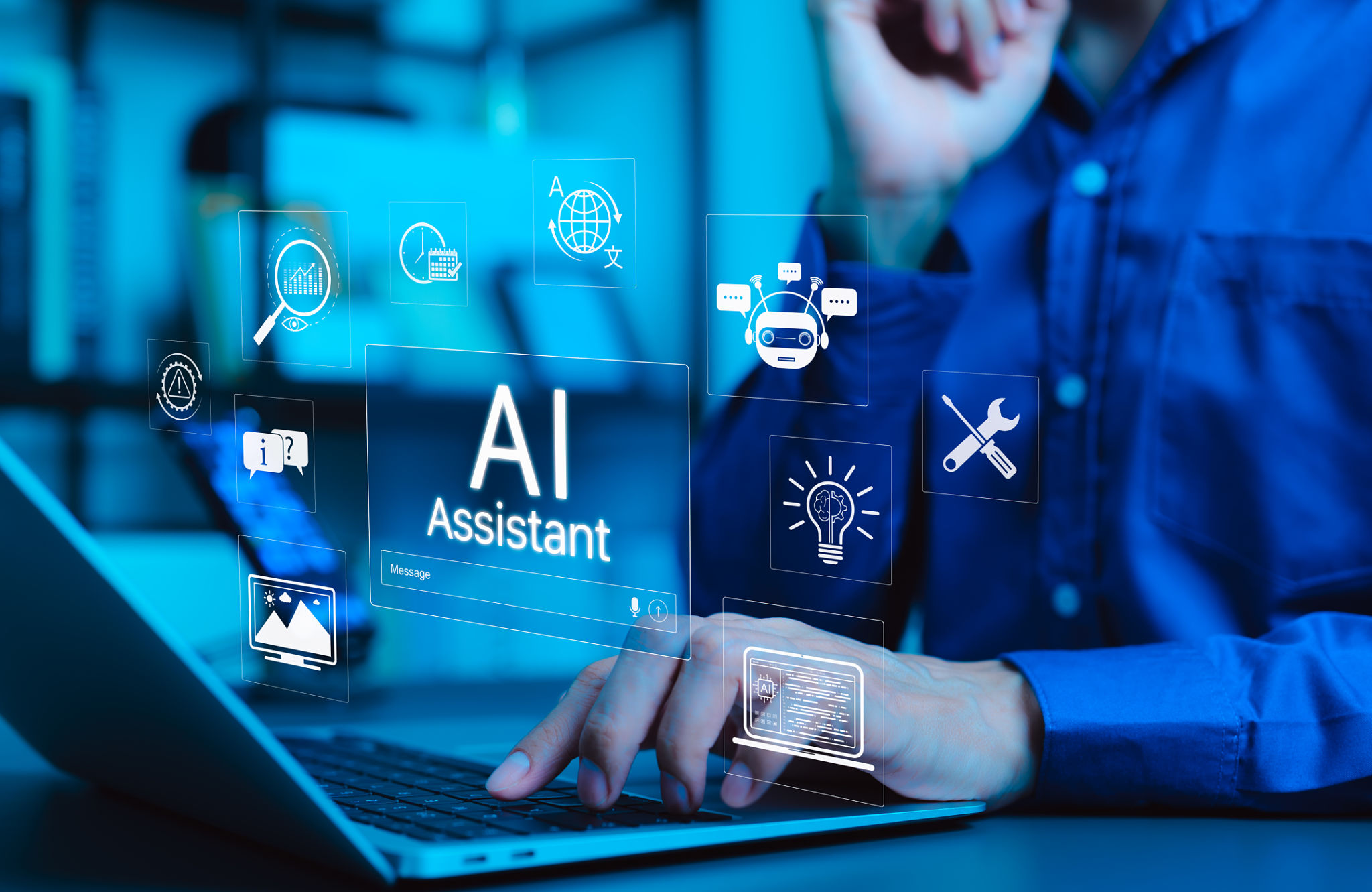Emerging Trends in AI Model Fine-Tuning: What You Need to Know
Understanding the Importance of Fine-Tuning in AI
In the rapidly evolving field of artificial intelligence, model fine-tuning has emerged as a critical process for enhancing performance and specificity. Fine-tuning refers to the adjustment of pre-trained models to better suit specific tasks or datasets. As AI technology becomes more integrated into various industries, understanding these emerging trends becomes essential for staying competitive and innovative.
Fine-tuning allows businesses to leverage the power of existing models while tailoring them to meet unique needs. This approach not only saves time and resources but also maximizes the potential of AI applications in fields such as healthcare, finance, and customer service.

Transfer Learning: A Key Component
One of the significant trends in model fine-tuning is the increasing use of transfer learning. This technique involves taking a model trained on a large dataset and adapting it for a different, often smaller, task-specific dataset. Transfer learning effectively reduces the need for massive computational resources and extensive data, making it accessible to a broader range of applications and industries.
For instance, in the realm of natural language processing, models like BERT and GPT have been fine-tuned for various language tasks, demonstrating how pre-trained models can be effectively customized to achieve superior results in niche areas.

Automated Fine-Tuning Techniques
Automation in fine-tuning is gaining traction as developers seek more efficient ways to optimize AI models. Automated machine learning (AutoML) tools are being developed to streamline the fine-tuning process, allowing for quicker iterations and improved model performance. These tools can automatically adjust hyperparameters and architectures, minimizing the need for manual intervention.
By leveraging automated fine-tuning, companies can accelerate the deployment of AI solutions, ensuring that models are continuously updated and refined to meet evolving demands.

Challenges and Considerations
Despite the promising advancements, fine-tuning AI models presents several challenges. One significant concern is the risk of overfitting, where a model becomes too tailored to a specific dataset and loses its generalization ability. Ensuring that fine-tuned models maintain a balance between specificity and general applicability is crucial.
Additionally, ethical considerations must be addressed, particularly in terms of data privacy and bias. As models are fine-tuned using diverse datasets, it is vital to ensure that they do not perpetuate or exacerbate existing biases, which can lead to unfair or inaccurate outcomes.
The Future of AI Model Fine-Tuning
As AI continues to advance, the future of model fine-tuning looks promising. Emerging techniques such as few-shot learning, which requires minimal data for fine-tuning, are poised to revolutionize how models are adapted and applied. Furthermore, the integration of AI with other technologies like blockchain could enhance the transparency and security of fine-tuning processes.
In conclusion, staying informed about these trends is essential for organizations looking to harness the full potential of AI. By embracing these advancements responsibly, businesses can position themselves at the forefront of innovation, delivering enhanced solutions and services across various sectors.